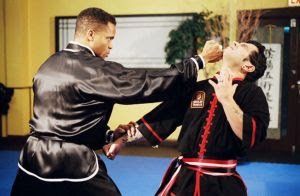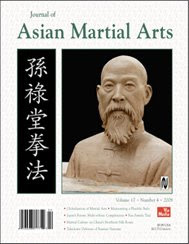As we dig ourselves out of two long weeks of deep snow and intense cold, I have given much thought to how our bodies react in the dark of winter. We loose our inner routines and find it difficult to manage our lives in a way we are used to. The winter solstice on December 21st marks the shortest day of the year, and this week we can finally see the return of the light.
Our bodies are one big electro/chemical battery, largely influenced by the circadian rythm, described HERE on Wikipedia. As described:
"It appears that the SCN takes the information on day length from the retina, interprets it, and passes it on to the pineal gland, a tiny structure shaped like a pine cone and located on the epithalamus. In response the pineal secretes the hormone melatonin. Secretion of melatonin peaks at night and ebbs during the day".
Of course, the pineal gland is widely believed to be a powerful center of psychic energy, often linked to the "Third Eye" many cultures depict above the eyes in the center of the forehead.
All of this seems quite interesting in relation to the book I just finished, "The Chi Revolution" by Bruce Frantzis, and another I am about to start, "Chi Gong" by Paul Dong.
With this in mind, I dug through the Dojo Rat archives and found a post worth repeating, as I can't see how my view has changed since I wrote it.
So from April of 2007, here's one of my first posts on Internal energy:

WHAT IS INTERNAL ENERGY?
From the comments in a previous post:
ta2urnfs said...
Just wondering, where does the internal energy come from?
Well, I don't know if I can adequately answer this question, but here are some thoughts: For thousands of years The Chinese and other cultures have believed in pathways of energy in the body that are not specificlly associated with blood flow or nerve impulses. In Yoga this is represented in the "Chakras", in Chi-Kung (Qigong) it is found in meridians associated with the organs and structure of the body. There is "pre-natal chi", which one is born with, and "post-natal chi which we can gain or loose. It is believed that through certain techniques, this mysterious energy can be cultivated and improved for health and strength.
This is obviously a controversial subject, and is constantly debated. Let's look at how western science tries to examine this subject:
From Wikipedia-
"Bioelectromagnetism (sometimes equated with bioelectricity) refers to the electrical, magnetic or electromagnetic fields produced by living cells, tissues or organisms. Examples include the cell potential of cell membranes and the electric currents that flow in nerves and muscles, as a result of action potentials."
..."Biological cells use bioelectricity to store metabolic energy, to do work or trigger internal changes, and to signal one another. Bioelectromagnetism is the electric current produced by action potentials along with the magnetic fields they generate through the phenomenon of electromagnetism."..."Bioelectromagnetism is an aspect of all living things, including all plants and animals. Bioenergetics is the study of energy relationships of living organisms. Biodynamics deals with the energy utilization and the activities of organisms. Some animals have acute bioelectric sensors, and others, such as migratory birds, are believed to navigate in part by orienting with respect to the Earth's magnetic field. Also, sharks are more sensitive to local interaction in electromagnetic fields than most humans. Other animals, such as the electric eel, are able to generate large electric fields outside their bodies."
(D.R.); The way I see it, our bodies are nothing short of huge electro-chemical batteries. What happens sometimes when you have a thought that makes you worry? That electrical impulse sends a message to glands and organs that make your stomache seem upset (electro-chemical interaction). Likewise, when you get scared or suprised, your breathing becomes short and rapid.
So the idea is, through meditative and posture techniques you can have more control over how your battery charges and discharges. For instance, if your attitude (electrical impulse) makes your breath short and rapid (chemical) then by controlling your breathing you calm the mind.
Chinese texts also state the obvious that the food you eat and the air you breathe affect postnatal chi also. This is one reason people like to practice chi kung in forests, where the air is clean.
I have also written in the Dojo Rat archives about the subject of light touch and no-touch knockouts, one of the most controversial aspects of this subject in the martial arts (see "No Touch Knockouts?" Jan 4 2007)
In summary; the Internal Martial Arts practice chi cultivation through deep Psychophysical (mind-body) integration, as opposed to the detachment of Trancendental meditation. This is generally different from the hard or external arts that use more muscular strength in the limbs of the body and less core or whole-body action. All martial arts that I know of practice some type of meditation or energy cultivation however.
As far as how I precieve chi energy, the only thing I can say is after a session of calm, focused internal training such as Tai Chi Chuan, Bagua or Chi Kung, I often feel warmth in my palms, and an occasional "shiver" up my spine. Colors are more vivid and the senses more alert. It's like a tune-up on your car. I have also experimented with dowsing rods to find buried water and electric lines, which I believe is somehow related.
I encourage any other thoughts or suggestions from readers...









































